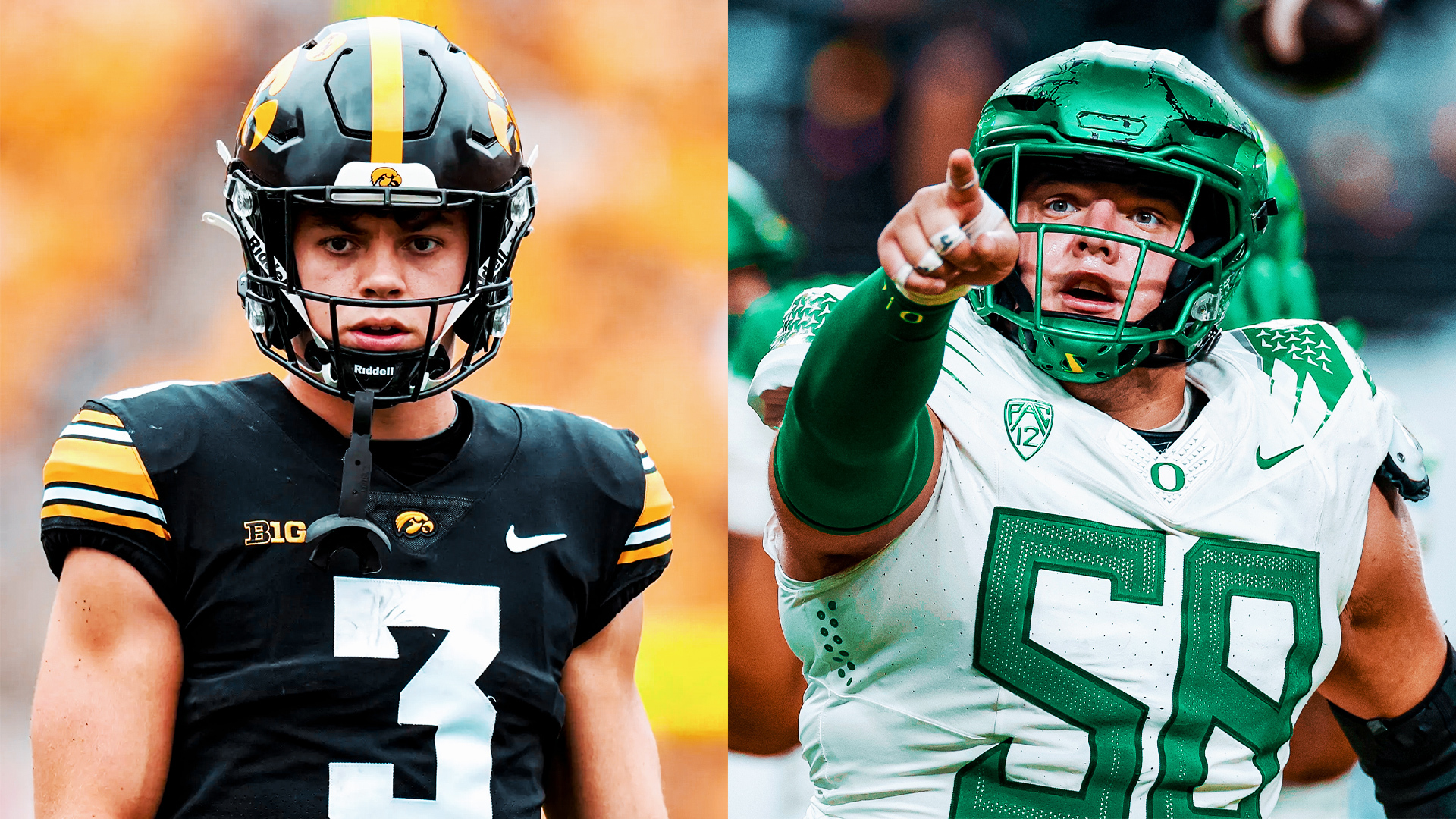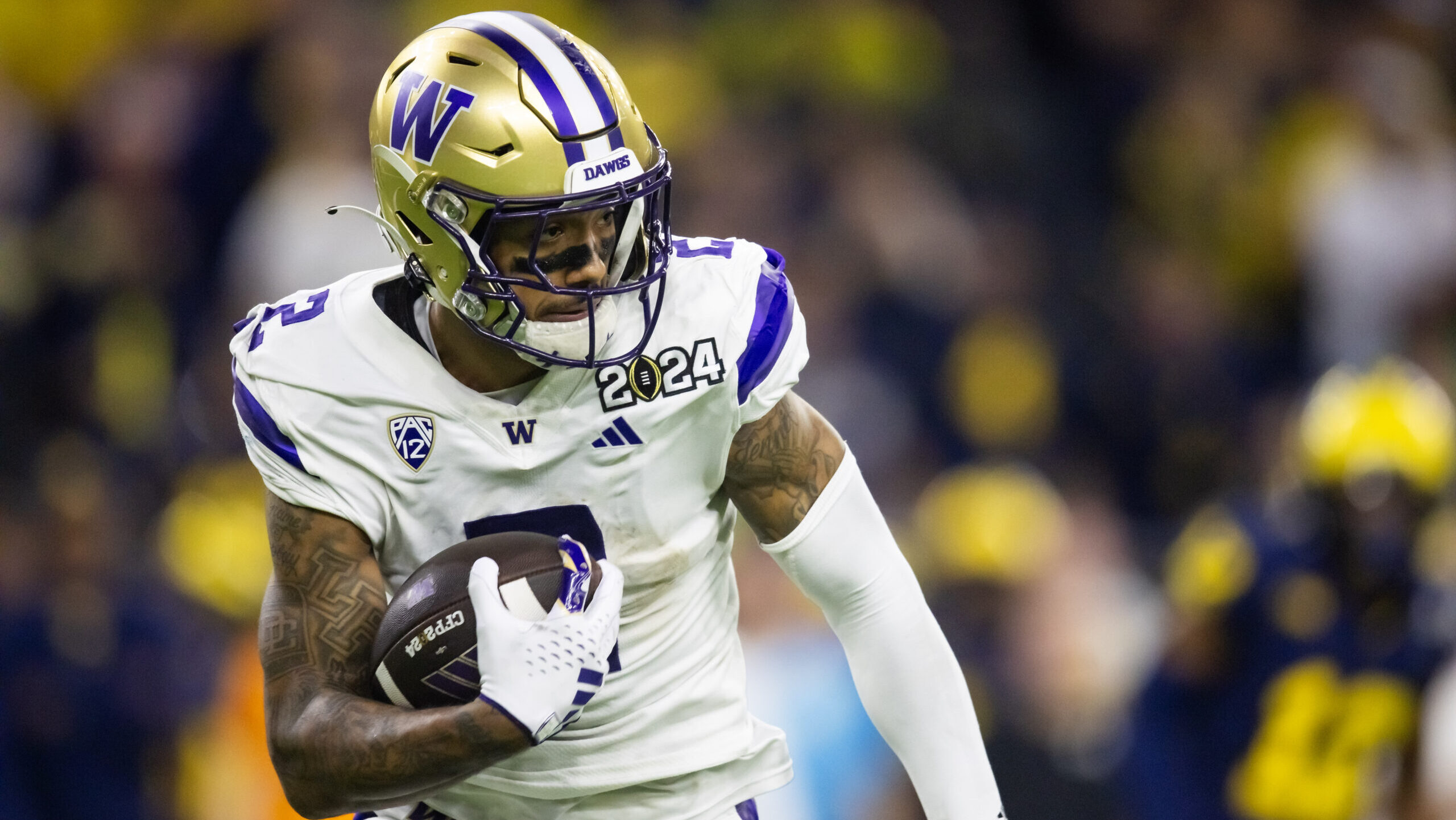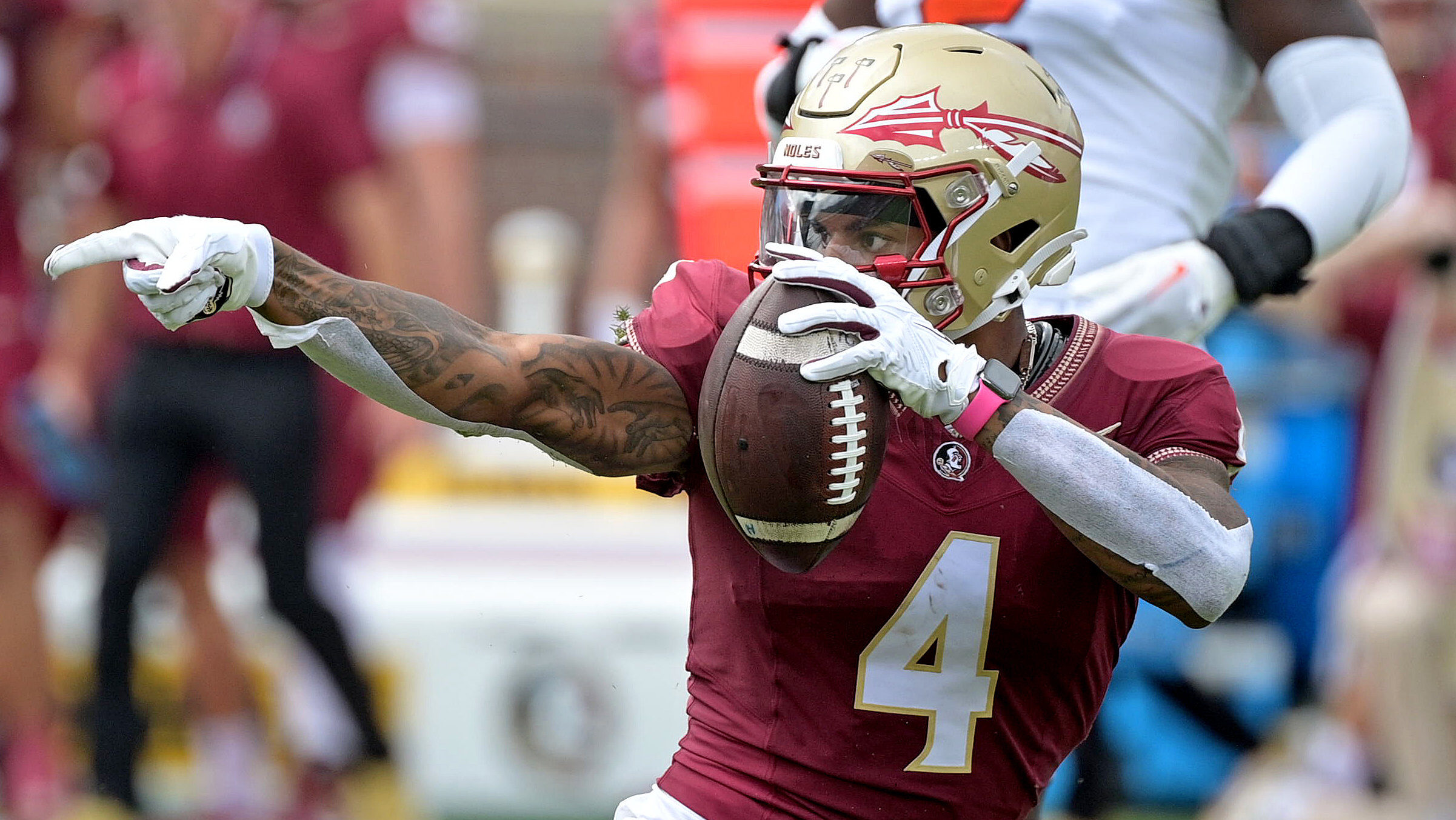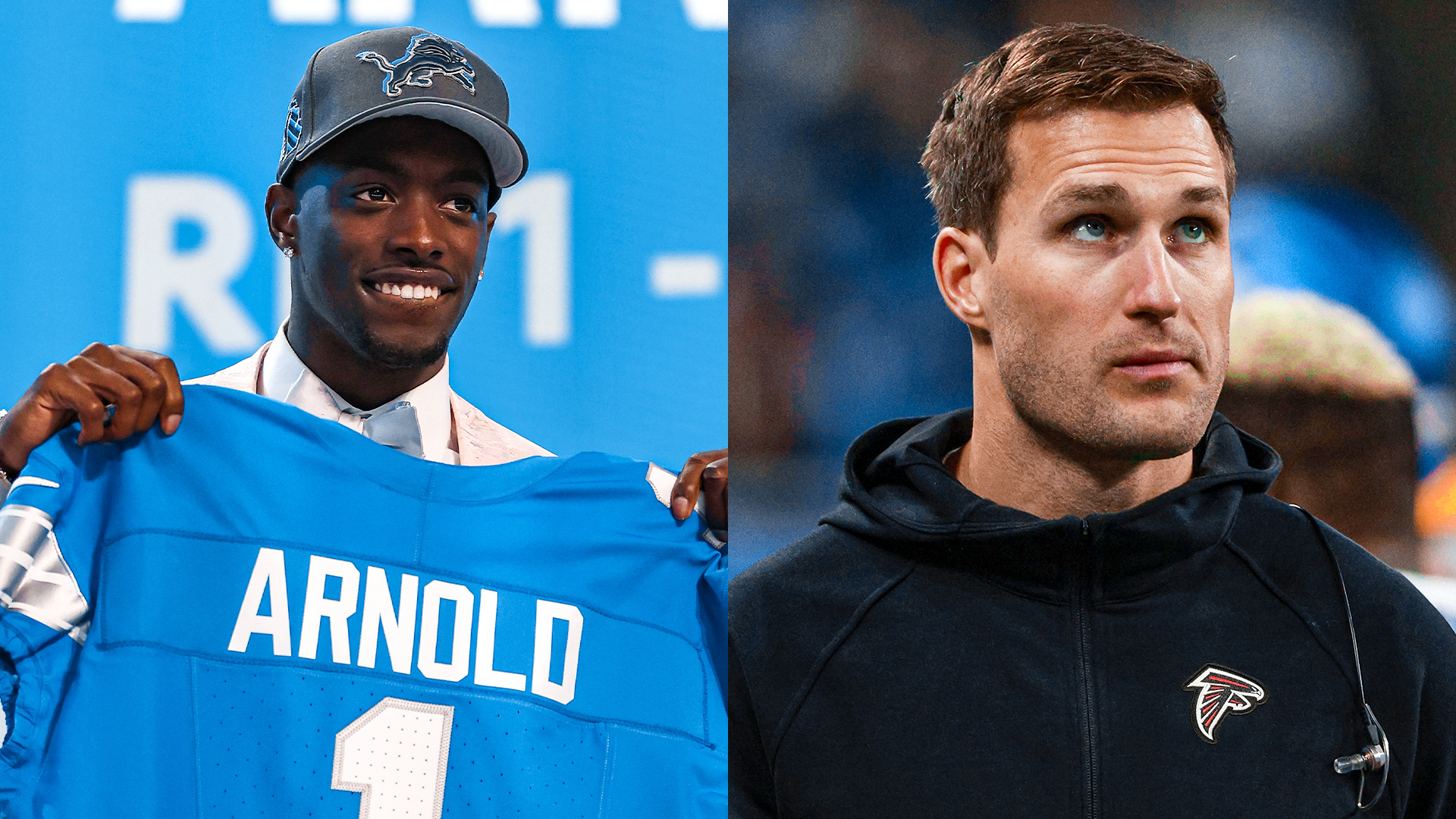Analysis
9/25/23
7 min read
Offensive Tackles Must Evolve to Compete with New-Age Pass Rushers
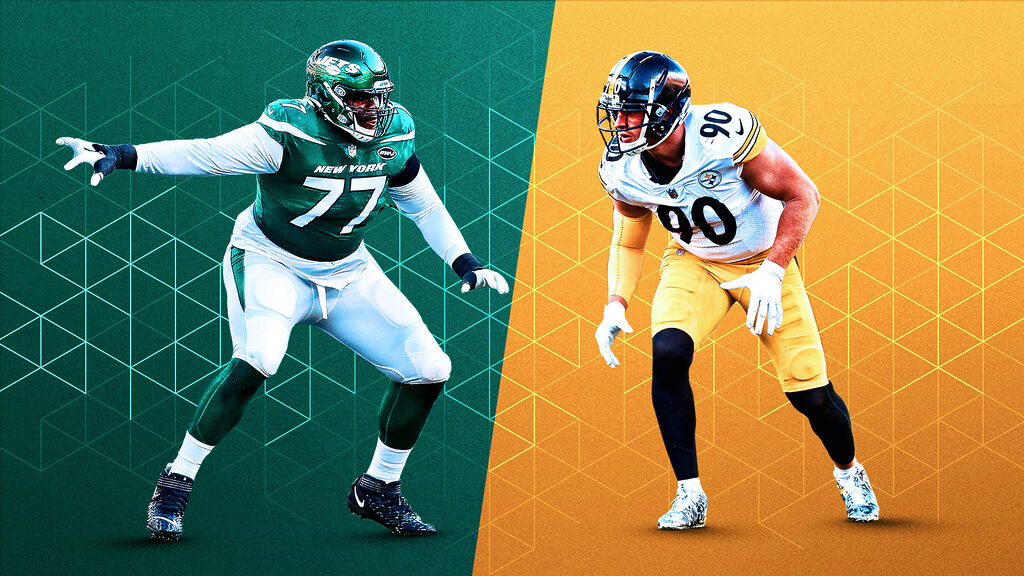
Some years ago, Bill Parcells told me that regarding the types of players available to us in the NFL, “We are captives to what the colleges send us.”
I have immense respect for Bill’s team-building and player-evaluation skills. His extraordinary coaching ability is obvious to all, but many missed what a terrific general manager he was.
When he uttered that phrase, I immediately noted it and always factored it into scouting evaluations and team-building. Bill’s point of view is proven unequivocally by the many running quarterbacks who have entered and are thriving in our league in recent years.
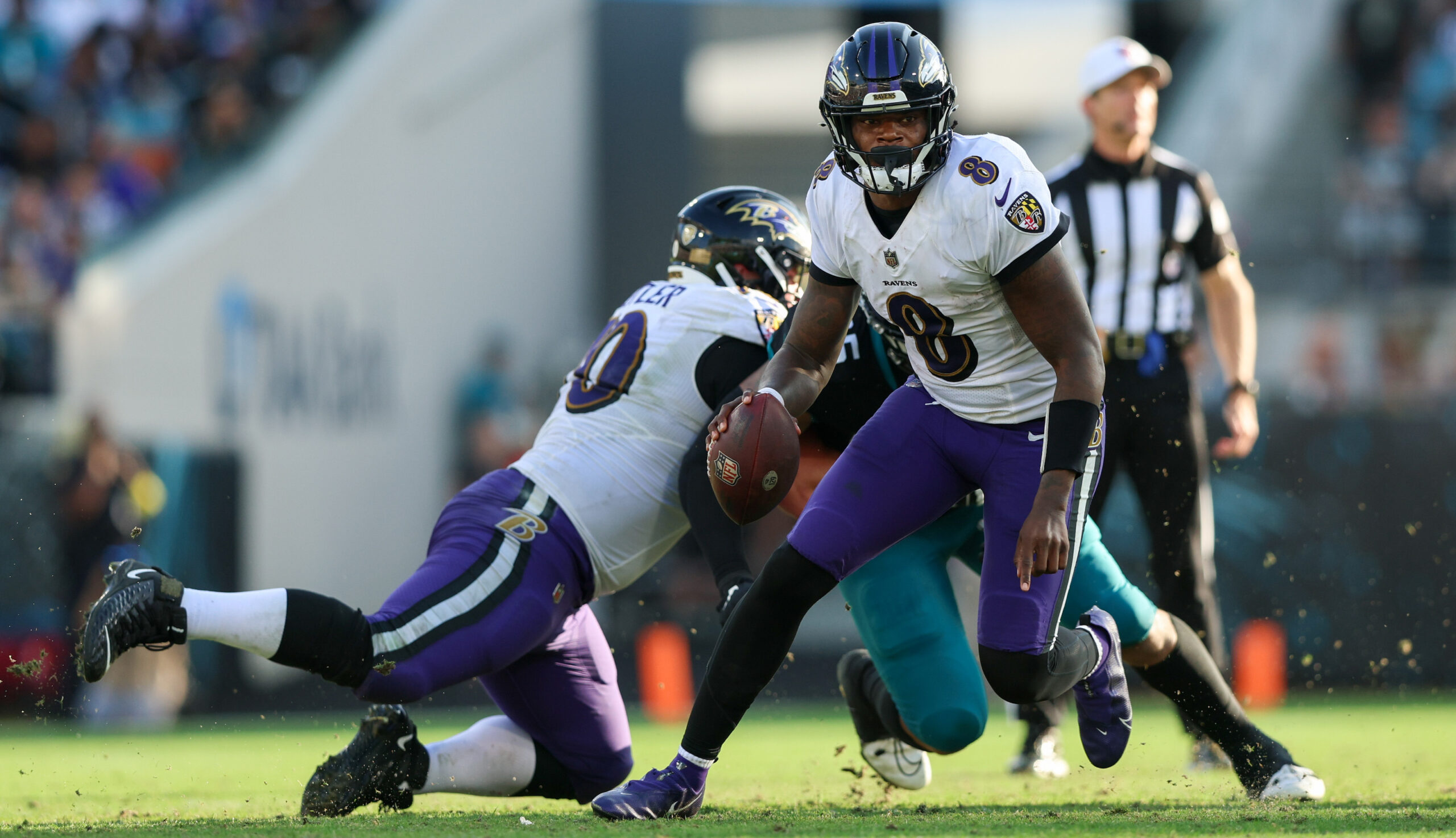
Changing QB Dynamics
From Josh Allen to Jalen Hurts, Anthony Richardson and Trevor Lawrence, running quarterbacks are everywhere, to say nothing of the original and most dynamic of all, Lamar Jackson.
In some form or another, all these quarterbacks cut their collegiate teeth in the spread offense. Because college programs are not concerned with longevity, these quarterbacks have been encouraged to use their extraordinary running ability, which is usually a mismatch against collegiate defenders.
Heck, most of these men are athletic mismatches against NFL players.
I asked a prominent collegiate coach how he dealt with training with such a gifted athletic quarterback while at the same time having to win games.
His answer was short and to the point: “Touchdown-checkdown-go.” What he meant was to look for the touchdown route first. If it is not there, go immediately to the checkdown. If that is not there, run. Run if you see a hole in the defensive front at any time during the process.
However, even the biggest and strongest quarterbacks, like Cam Newton, can get injured at the NFL level. The NFL is concerned about longevity.
A premature injury, which can shorten a player's career with a huge contract, is a significant problem under the salary cap. Therefore, protecting the quarterback in the NFL is a big deal.
How College Offense Has Changed
At the college level, the spread offense widens the field with receivers and utilizes wide splits between the offensive linemen. This creates space for the athletic quarterbacks to operate.
In addition, a staple of the collegiate run game is the read option. It does not require power blocking. Instead, it relies on creating space among the dive back, the quarterback and the pitch man. Likewise, RPOs are based on option or drive-blocking by the offensive line.
These systemic needs have led to the use of massive, wide-body offensive tackles at the collegiate level. Their width alone creates a longer, wider path for rushers to traverse to get to the passer.
Add to that equation teams such as Alabama and Georgia, which still value a power running component, and you have an explosion of literal giants at the offensive tackle position coming into the NFL.
One of the most glaring examples is the New York Jets’ Mekhi Becton, listed at 6-foot-7, 363 pounds. In recent years, I have seen — and friends around the league have confirmed — that pass protection, particularly at the tackle position, is a problem.
This isn’t just because of exotic blitzes. This often occurs in 1-on-1 or 2-on-2 stunt pickup situations.
Some say it’s because padded practices are so limited. There’s truth to that. To quote Bill again, “The only way to practice and learn line play is with pads on.”
Examining another theory might be helpful. Colleges have started using smaller, faster defensive ends, reacting to mobile quarterbacks and the spread offense.
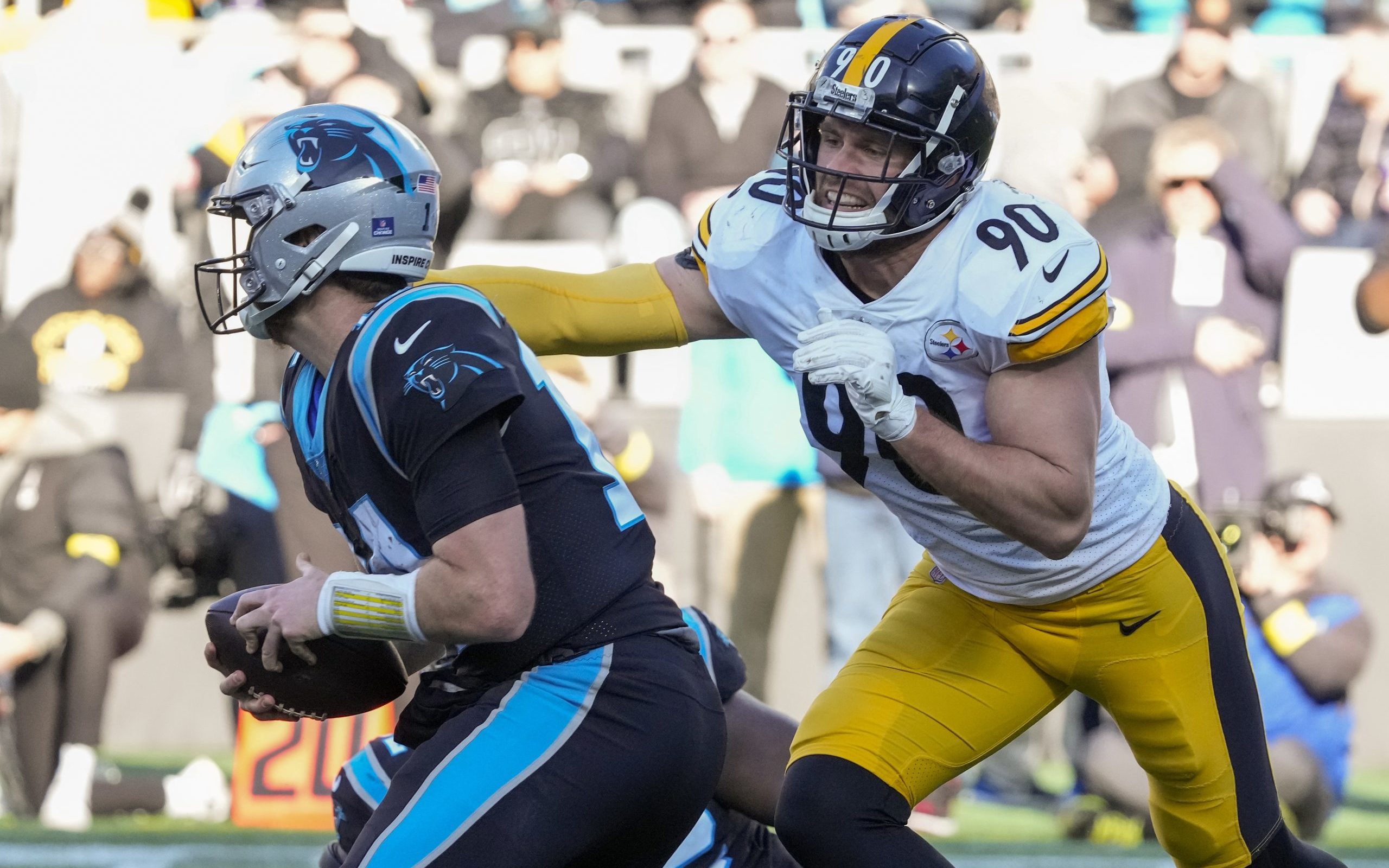
The New Age Pass Rusher
In today’s parlance, these players are known as “edge rushers.” Alabama defensive coordinator Kevin Steele said, “We now take outside linebackers who can run and make them defensive ends.”
As a result, these smaller, faster, more explosive players graduate to the NFL. For every 6-foot-5, 280-pound Joey Bosa, there is a 6-foot-4, 252-pound T.J. Watt, a 6-foot-2, 250-pound Shaq Barrett and a 6-foot-5, 250-pound Brian Burns.
These “smaller” edge rushers all run 4.70 (or faster) 40-yard dashes.
Whenever developing a theory, it must be validated by data. Throughout my career, I have always used information provided by Proscout Inc. Proscout has provided professional scouting evaluations and data to NFL clubs for more than four decades. It is headed by our The 33rd Team colleague Mike Giddings.
Mike provided top-of-the-line data on offensive tackles, broken out by position ranking. Proscout uses a color-coded system to delineate degrees of efficiency.
A blue player can beat an opponent consistently with his own talent (i.e., All-Pros). A red player is talented enough to win consistently when teamed with others or better/similar talent. A purple player can hold his own against superior players and won’t make mental or physical mistakes.
In short, blue players win on their own. Red players contribute to winning consistently. Purple players won’t get you beat. The goal is to have a 53-man roster with as many blues and reds as possible, with the remainder being purple.
New Age OTs vs. Edges
We compared the minimum measurables for successful blue-red-purple offensive tackles in 2018 vs. the same group in 2023. Here are the results:
2018 OT — Height: 6-foot-4, Weight: 303, 40-Yard Time: 5.26
2023 OT — Height: 6-foot-4, Weight: 306, 40-Yard Time: 5.25
There is no change except for a three-pound weight increase. The only significant difference was for blue and red right tackles, whose speed increased to 5.18.
All blues and reds increased their weight by five pounds on average. Again, nothing out of the ordinary.
Now, let’s look at the edge rusher comparison between 2018 and 2023.
2018 Edge — Height: 6-foot-2, Weight: 253, 40-Yard Time: 4.85
2023 Edge — Height: 6-foot-2, Weight: 244, 40-Yard Time: 4.8
The edge rushers have gotten lighter by nine pounds while their speed has increased by .05 second. Of most significance are the numbers for the blue and red edge rushers in 2023. They are 6-foot-3 3/4 and 265 pounds and have a 40-yard time of 4.66 seconds.
The best edge rushers have become bigger and faster, while the offensive tackles have stayed the same. The numbers validate what the eyes of experienced scouts and coaches see.
The spread formations and the passing game at the college level are producing far more explosive edge rushers. As a result, offensive tackles have more difficulty matching up in pass protection.
Don't Be Fooled by Strength
Scouts are always enamored of the 325-pound “road grader” offensive tackle who dominates lesser opponents at the collegiate level. The pre-draft process hypes them well beyond their actual NFL fit.
Many of these type of players are drafted high with the belief they can dominate at the next level with strength alone. Far too many do not, and those draft-day, sure-shot, road-grader tackles end up as guards in the NFL.
In today’s NFL, pass protection is job No. 1 for the offensive line. Offensive tackles with quick feet; elite balance; change of direction to handle speed and stunts; and long arms are what win.
Bulk and brute strength alone won’t work against today’s dynamic edge rushers. Even in the trenches, you must match athletic ability with athletic ability to be successful.
As told to Vic Carucci.
Bill Polian is a former front office executive and a six-time Executive of the Year award winner who won Super Bowl XLI with the Indianapolis Colts. Polian’s career as an executive earned him an induction into the Pro Football Hall of Fame in 2015.



